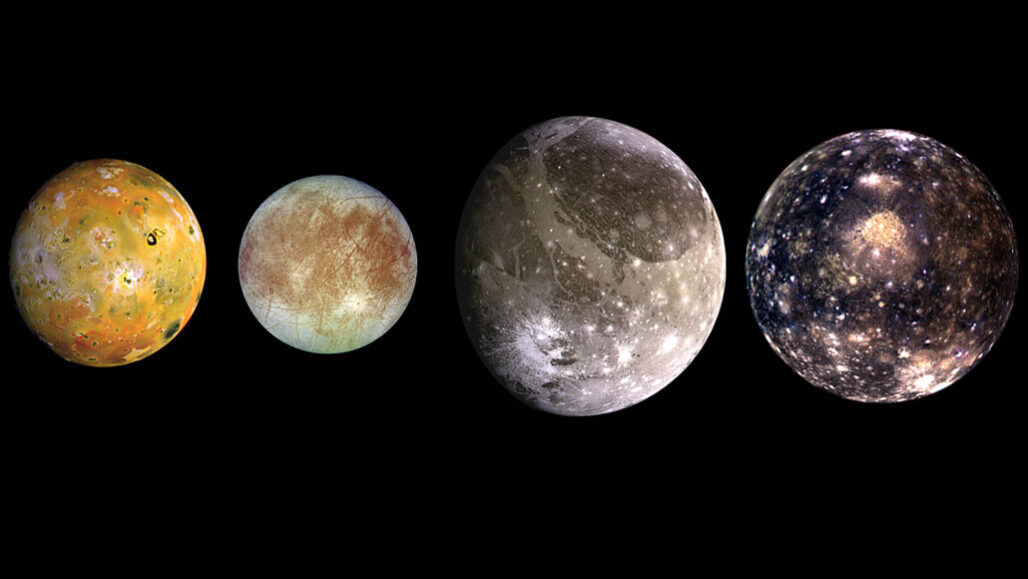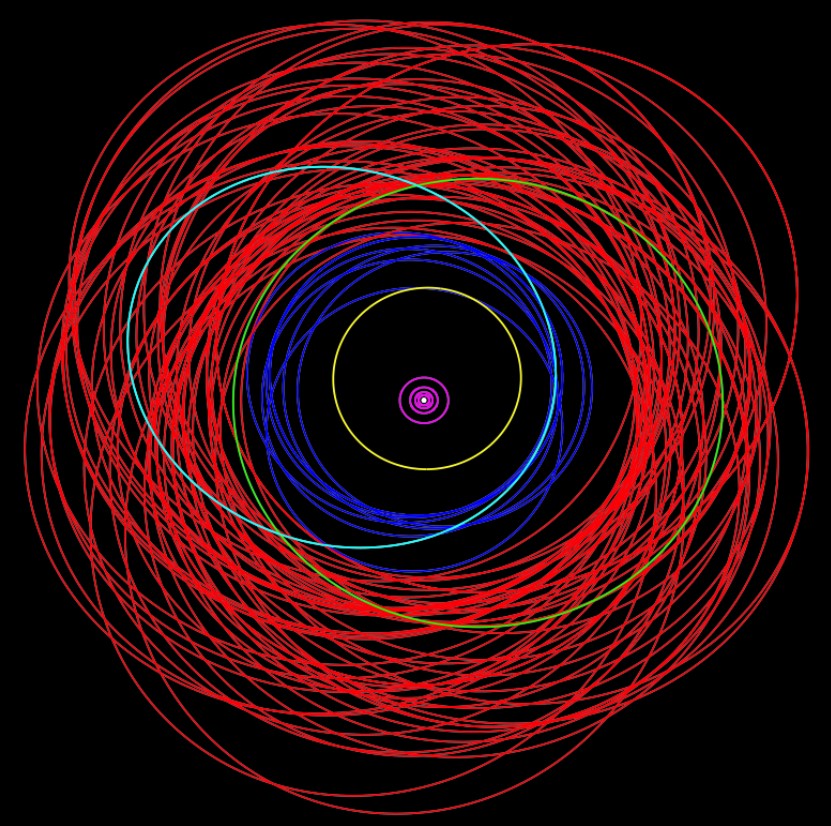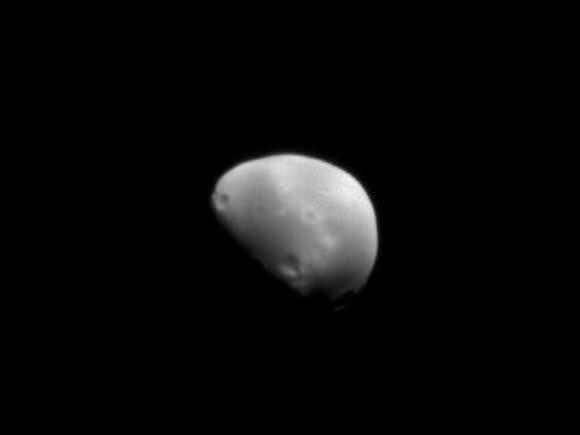The moons of our Solar System have garnered quite a lot of attention in the last few years, especially pertaining to astrobiology and the search for life beyond Earth. From the Galilean moons of Jupiter to the geysers of Enceladus to the methane lakes on Titan, these small worlds continue to humble us with both their awe and mystery. But do the very same scientists who study these mysterious and intriguing worlds have their own favorite moons? As it turns out, seven such planetary geologists were kind enough to share their favorite Solar System moons with Universe Today!
Continue reading “The Favorite Solar System Moons of Planetary Geologists; An In-Depth Discussion”If Planet 9 has Moons, Would That Help Us Find It?

Planet 9 continues to remain elusive. This potential super-Earth-sized object in the outer Solar System is only hypothetical, as something out there appears to be gravitationally influencing several Kuiper Belt Objects into unusual orbits. Whatever or wherever it may be, Planet 9 has yet to be found, despite several different hypotheses and numerous observational searches.
But what if Planet 9 has moons? Could they help us find it? A new paper speculates that any moons orbiting the theoretical planet could provide indirect clues to the location of Planet 9, while revealing some basic properties of this mysterious object.
Continue reading “If Planet 9 has Moons, Would That Help Us Find It?”New Discoveries Puts Jupiter at 92 Known Moons
The moon hunter strikes again.
A team of astronomers led by Scott Sheppard of the Carnegie Institution has found and confirmed 12 new moons orbiting Jupiter, bringing the total of moons at the giant planet to 92. The new moons were quietly announced on the International Astronomical Union’s Minor Planet Center website last week, and the new discoveries puts Jupiter in the lead in a recent back-and-forth moon battle with Saturn.
Jupiter was solidly in the lead with Sheppard and team’s announcement of 12 new moons back in 2018, but then in 2019, Sheppard and colleagues found a whopping 20 new moons orbiting Saturn, bringing the ringed planet’s total number of moons to 82. But now this latest addition moves Jupiter back in the lead.
With Sheppard around, we may never know the final count.
Continue reading “New Discoveries Puts Jupiter at 92 Known Moons”Mars Express Watched Deimos Pass in Front of Jupiter and its Moons
That’s no moon … wait … yes, it is, and more!
ESA’s Mars Express has captured an unusual and rare occultation, all from its vantage point in orbit of Mars. The spacecraft’s orbit brought it to the right place where it could witness the moment Mars’ small moon Deimos passed in front of Jupiter and its four largest moons. Scientists say that celestial alignments like these enable a more precise determination of the Martian moons’ orbits.
Continue reading “Mars Express Watched Deimos Pass in Front of Jupiter and its Moons”Robots Might Jump Around to Explore the Moon
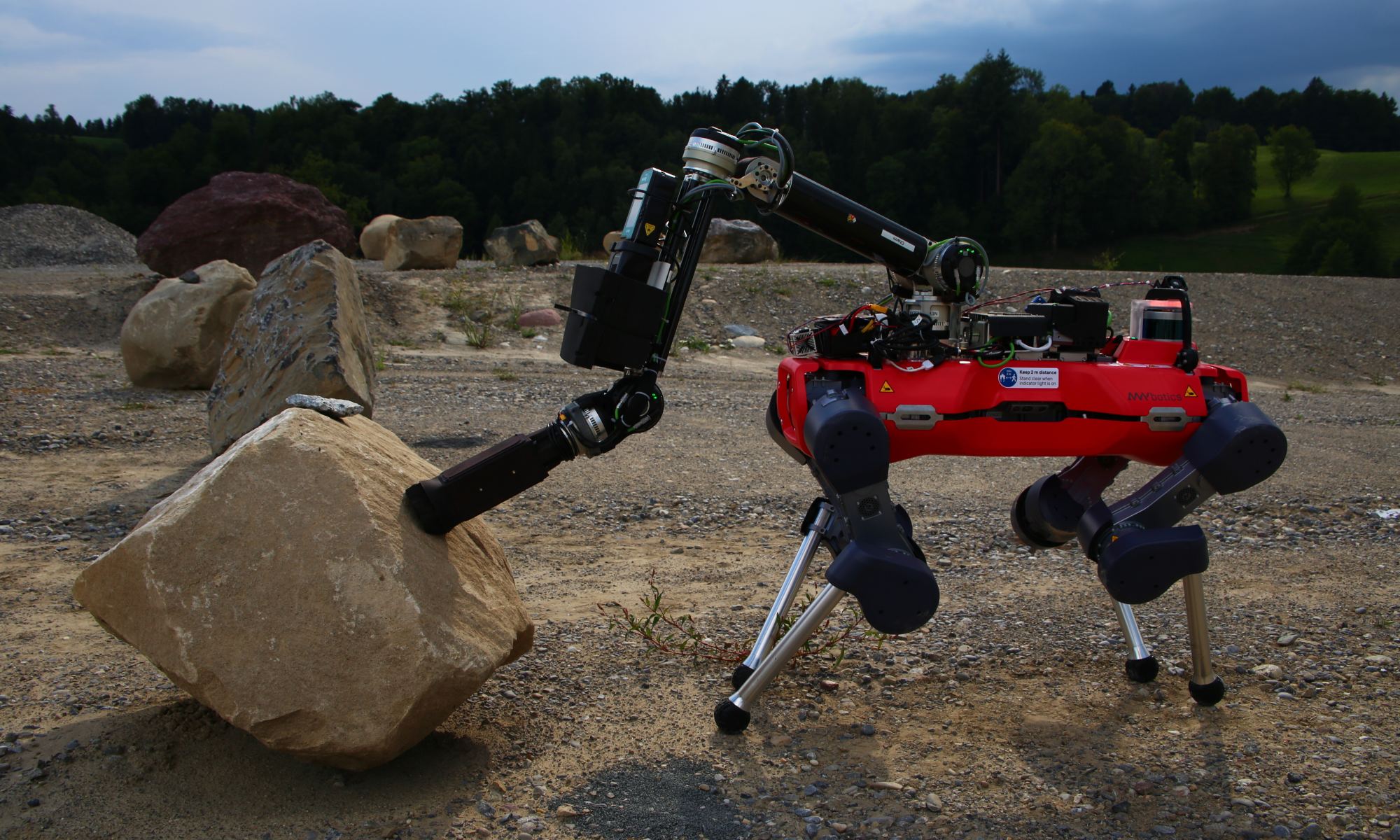
How great are wheels, really? Wheels need axles. Suspension. Power of some kind. And roads, or at least swaths of relatively flat and stable terrain. Then you need to maintain all of it. Because of their cost many civilizations across human history, who knew all about wheels and axles, didn’t bother using them for transportation. Another way to look at it – much of human technology mimics nature. Of the simple machines, levers, inclined planes, wedges, and even screws are observed in nature. Why not the wheel?
Continue reading “Robots Might Jump Around to Explore the Moon”Were Phobos and Deimos Once a Single Martian Moon That Split up? Not Likely, says New Study

The origin of Phobos and Deimos, the two Martian moons, has been a mystery to astronomers. These two bodies are a fraction of the size and mass of the Moon, measuring just 22.7 km (14 mi) and 12.6 km (7.83 mi) in diameter. Both have a rapid orbital period, taking just 7 hours, 39 minutes, and 12 seconds (Phobos) and 30 hours, 18 minutes, and 43 seconds (Deimos) to complete an orbit around Mars. Both are also irregular in shape, leading many to speculate that they were once asteroids that got kicked out of the Main Belt and were captured by Mars’ gravity.
There’s also the theory that Phobos and Deimos were once a single moon hit by a massive object, causing it to split up (aka. the “splitting hypothesis”). In a recent paper, an international team of scientists led by the Institute of Space and Astronautical Science (ISAS) revisited this hypothesis. They determined that a single moon in a synchronous orbit would not have produced two satellites as we see there today. Instead, they argue, the two moons would have collided before long, producing a debris ring that would have created an entirely new moon system.
Continue reading “Were Phobos and Deimos Once a Single Martian Moon That Split up? Not Likely, says New Study”What is the Maximum Number of Moons that Earth Could Have?
In a recent study published in Earth and Planetary Astrophysics, a team of researchers from the University of Texas at Arlington, Valdosta State University, Georgia Institute of Technology, and the National Radio Astronomy Observatory estimated how many moons could theoretically orbit the Earth while maintaining present conditions such as orbital stability. This study opens the potential for better understanding planetary formation processes which could also be applied to identifying exomoons possibly orbiting Earth-like exoplanets, as well.
Continue reading “What is the Maximum Number of Moons that Earth Could Have?”These are the Best Places to Search for Habitable Exomoons
Our Solar System contains eight planets and more than 200 moons. The large majority of those moons have no chance of being habitable, but some of them—Europa and Enceladus, for example—are strong candidates in the search for life.
Is it the same in other solar systems?
Continue reading “These are the Best Places to Search for Habitable Exomoons”Wow! Perseverance Sees a Solar Eclipse on Mars
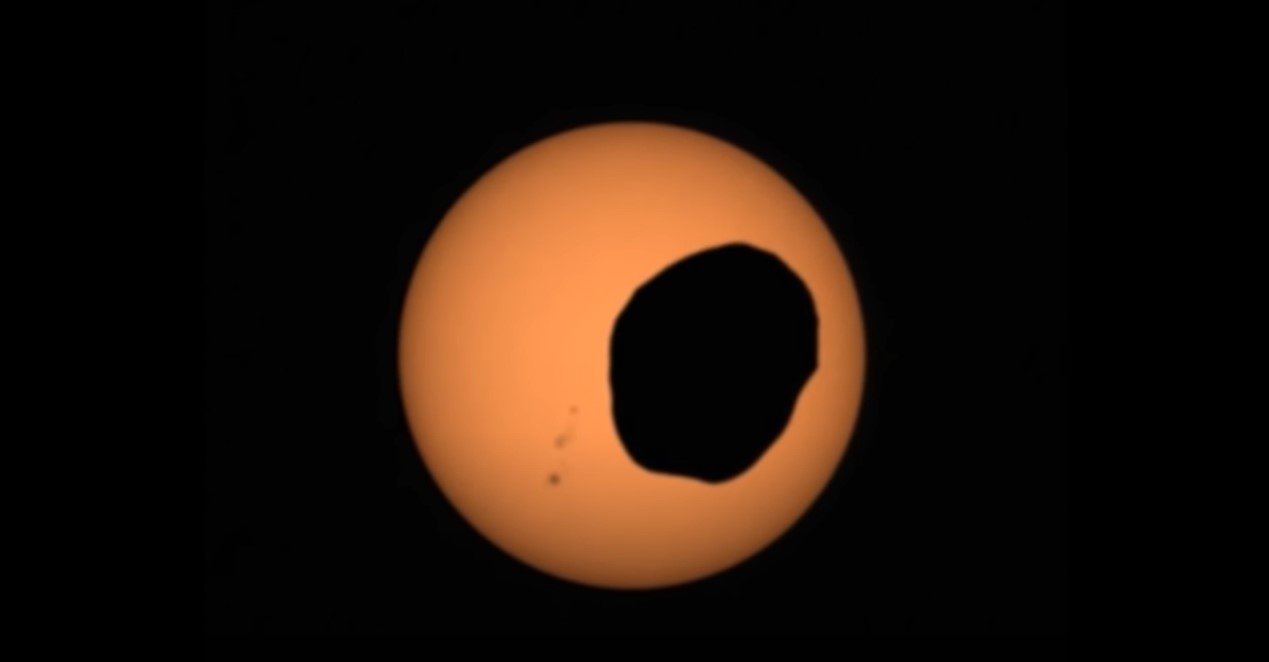
Imagine standing on Mars, and seeing this with your own eyes.
Continue reading “Wow! Perseverance Sees a Solar Eclipse on Mars”Massive Rocky Planets Probably Don’t Have big Moons
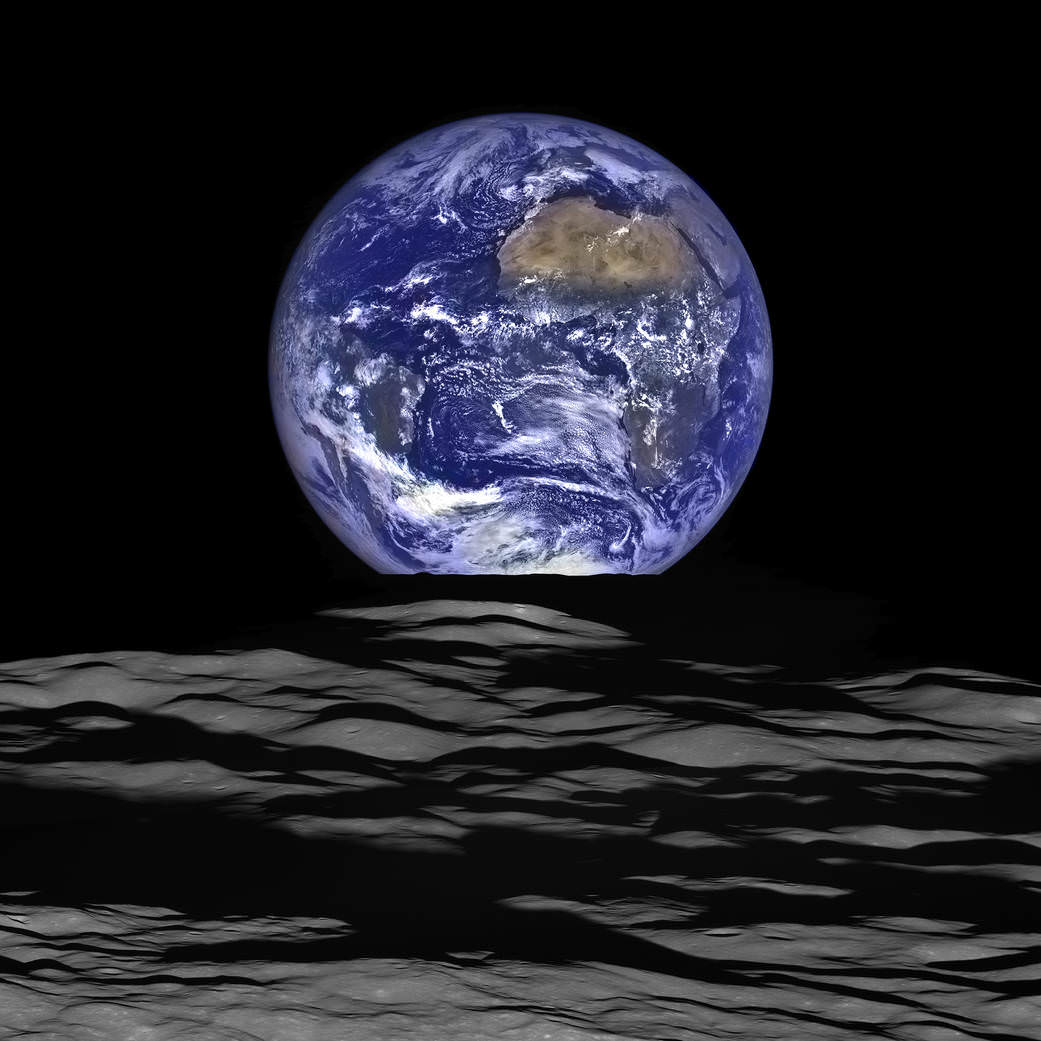
The Moon has orbited Earth since the Solar System’s early days. Anyone who’s ever spent time at the ocean can’t fail to notice the Moon’s effect. The Moon drives the tides even in the world’s most remote inlets and bays. And tides may be vital to life’s emergence.
But if Earth were more massive, the Moon may never have become what it is now. Instead, it would be much smaller. Tides would be much weaker, and life may not have emerged the way it did.
Continue reading “Massive Rocky Planets Probably Don’t Have big Moons”
